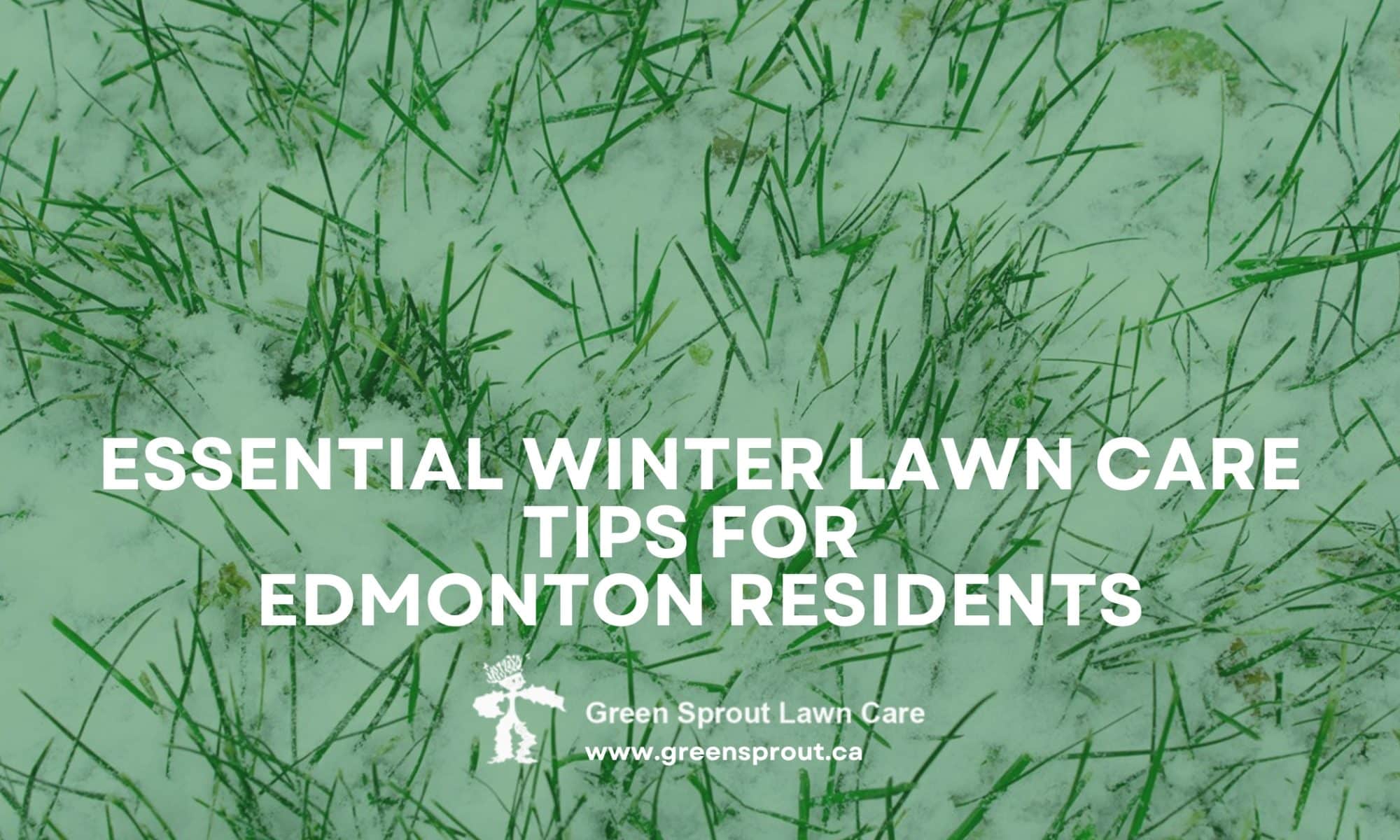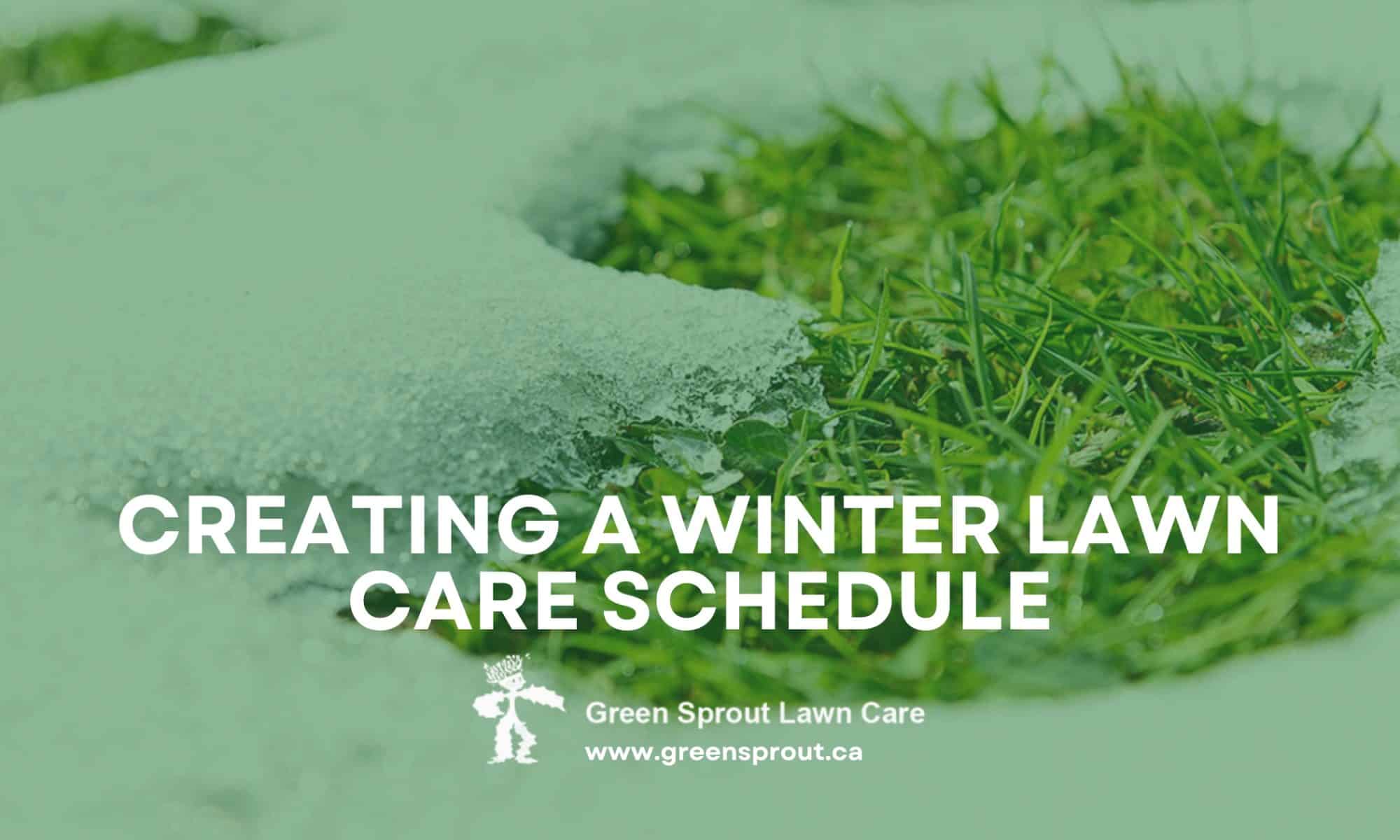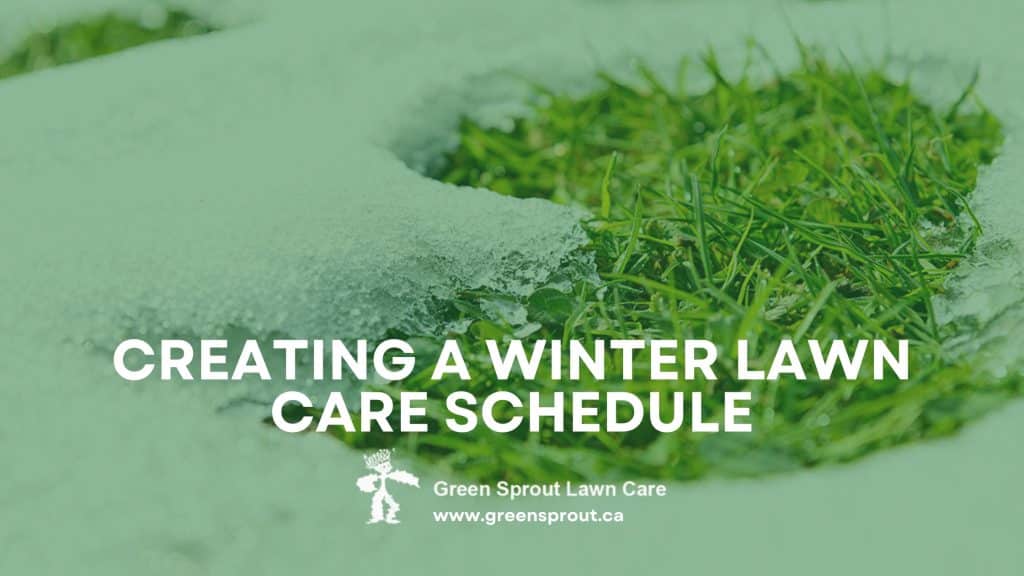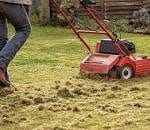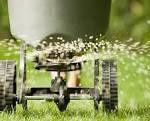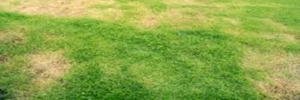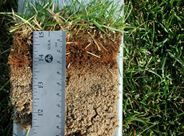Embrace Winter: Keep Your Edmonton Lawn Radiant All Year
Edmonton’s cold and snowy winters pose a unique set of challenges for maintaining a healthy and vibrant lawn. While the blanket of snow might make it seem like lawn care is unnecessary during these months, proper winter lawn care is crucial to ensure that your lawn stays resilient and comes back strong when spring arrives. Let us delve into essential winter lawn care tips compiled specifically for Edmonton residents.
1. Late Fall Cleanup: Prepare for the Cold
As the temperatures drop and winter sets in, taking care of a few key tasks can set the stage for a successful winter lawn care regimen:
Mowing and Trimming (Late October – Early November):
Give your lawn a final trim before it heads into winter dormancy. Shorter grass is stiff and more resistant to ice and snow damage. Mowing the grass to a shorter height prevents it from matting down under the snow, reducing the risk of snow mould. It promotes top grass health come spring and helps to keep it greener throughout the winter.
Leaf Removal (Late October – November):
Leaves and thatch left on the lawn can block the light and trap moisture, which may lead to snow mould and other fungal infestations. Clear fallen leaves from your lawn to prevent them from smothering the grass and fostering disease.
Aeration and Overseeding (Late October – Early November):
The ideal time to aerate your lawns in Edmonton is the fall. Do consider aerating and overseeding your lawn. Aeration is excellent for reducing compaction, allowing water and fertilizer to sink in deeper, and supporting healthy root growth. Overseeding helps to protect against lawn weeds. Overseeding generously with the right grass seed helps to build up that lush look of greenery.
Fertilization (Late October):
Schedule a fall lawn fertilizer application one to two weeks after your last mowing and aeration and just before the ground starts to freeze. Once the weather turns cold, the fertilizer will remain in the soil and feed your lawn’s roots all winter long. Fertilization during the winter replaces the nutrients your soil loses in the dry summer heat.
2. Early Winter: Protecting Against Winter Diseases & Other Measures
During winter, your lawn enters a period of dormancy, but that does not mean you can neglect it entirely. Precipitation, freezing temperatures and other elements can affect your lawn’s health during this dormant season.
Snow Mold Fungicide Application (November):
Snow mould is very often a cause for concern in snowbound regions like Edmonton. Application of a snow mould fungicide to your lawn before the first significant snowfall helps to counter the growth of snow mould and other diseases under the snow cover.
Minimize Foot Traffic:
Restrict foot traffic on your lawn to the minimum during the winter. Avoid walking on frozen grass as much as possible. The soil is most vulnerable to compaction during the winter months and it may take months to recover from the damage.
Gentle Snow Removal:
Clear snow from high traffic areas. Take care, however, not to pile it onto the lawn. Piled snow can choke the grass and waterlogging can set in as it begins to melt and create conditions favourable for disease development.
3. Late Winter: Preparing for the Thaw
As winter gradually releases its grip, certain actions can help your lawn transition smoothly into the upcoming growing season:
Inspect for Rodent Damage (March):
Once the snow starts thawing, look out for signs of rodent activity on your lawn. These creatures can cause damage to grass and plants during winter foraging.
Monitor Moisture Levels (February – March):
If there is a thaw, check out the soil moisture levels. Excessive moisture as a result of snow melting can lead to disease issues. Check out low spots and ensure proper drainage to prevent waterlogged soil. Fill holes and puddles with compost or topsoil or provide drainage so excess water does not stand on the lawn.
4. Early Spring Care: Nurturing Growth
Giving your lawn a great start in spring will save you a lot of headaches later in the season! Spring brings with it the promise of new growth. Tending to your lawn during this transition period can yield remarkable results:
First Mowing (Late March – Early April):
Start mowing gently when the ground is dry enough and the grass begins to grow. Cut at the proper height depending on the type of grass. This will remove dead growth and encourage sunlight penetration.
Raking (Late March – Early April):
Gently rake the lawn to remove debris, lingering fall leaves, matted grass clumps and dead grass blades that did not survive winter. Raking also helps to remove thatch. Do not rake too aggressively, as the grass is still delicate. Rake when soil is not soft and muddy, or you may end up pulling healthy grass crowns.
Core Aeration (Early April):
Follow up with another round of aeration to enhance soil structure and root health. Apart from improving drainage, aerating the lawn in the early spring allows the grass to get the nutrients and water it needs to grow. It prevents the grass from getting too compacted during the spring and summer.
Fertilization (Early April):
Apply a balanced, slow-release fertilizer roughly three weeks after the grass starts greening to provide essential nutrients for the upcoming growing season. This aids in recovery from winter stress and promotes lush green growth.
Maintaining a lush and healthy lawn throughout the winter months in Edmonton requires proactive care and attention to detail. By following these essential winter lawn care tips, Edmonton residents can ensure that they have a thriving lawn bursting with colour and healthy growth as the snow melts and spring arrives. Remember, a little investment in winter care can yield impressive dividends in the form of a vibrant and resilient lawn all year round.

